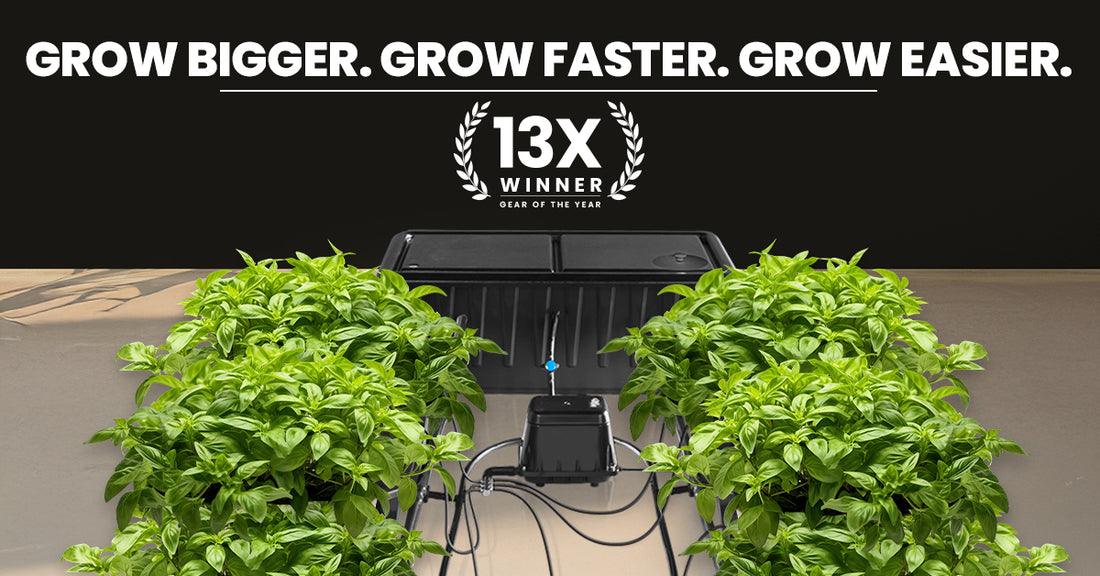
Indoor Vegetable Gardening: How to Grow Vegetables
Indoor Vegetable Gardening: A Beginner’s Guide to Growing Vegetables Indoors
Indoor vegetable gardening is a great way to enjoy fresh, homegrown produce year-round, regardless of weather conditions or available outdoor space. Whether you live in an apartment, have limited garden space, or just want to grow vegetables during the colder months, indoor gardening offers the perfect solution. With the right techniques, equipment, and care, you can cultivate a thriving vegetable garden inside your home. In this guide, we’ll explore how to get started with indoor vegetable gardening, the best vegetables to grow indoors, and essential tips for success.
Why Grow Vegetables Indoors?
Growing vegetables indoors comes with many benefits, making it an appealing option for both beginners and experienced gardeners. Here are some of the top reasons to start an indoor vegetable garden:
1. Year-Round Harvest
One of the greatest advantages of indoor gardening is the ability to grow vegetables year-round, even during the cold winter months. With the right lighting and temperature control, you can enjoy fresh produce throughout the year, regardless of the season.
2. Space Efficiency
If you live in an apartment or have limited outdoor space, indoor vegetable gardening allows you to grow your own food in a small area. Many vegetables can thrive in containers, and with vertical gardening techniques, you can maximize space in your home.
3. Control Over Growing Conditions
Indoor gardening gives you complete control over the growing environment. You can regulate light, temperature, humidity, and watering schedules, which helps ensure your vegetables grow in optimal conditions and reduces the risk of pests and diseases.
4. Reduced Environmental Impact
Growing vegetables indoors reduces your reliance on store-bought produce, which often requires long-distance transportation and contributes to a larger carbon footprint. By growing your own vegetables, you can enjoy fresher, more sustainable food while reducing your environmental impact.
5. Healthier, Pesticide-Free Vegetables
Indoor vegetable gardening allows you to grow your produce without the use of harmful pesticides or chemicals. You have full control over what goes into your plants, ensuring that you and your family enjoy healthier, pesticide-free vegetables.
Best Vegetables to Grow Indoors
Not all vegetables are suited for indoor growing, but many varieties can thrive indoors with proper care. Here are some of the best vegetables to grow indoors:
1. Leafy Greens
Leafy greens such as spinach, kale, arugula, and lettuce are perfect for indoor gardening. They don’t require a lot of space, grow quickly, and are relatively easy to care for. You can harvest leaves as needed, allowing for a continuous supply of fresh greens.
2. Herbs
Herbs like basil, parsley, mint, cilantro, and thyme are well-suited for indoor gardening. They thrive in small pots and can be grown on windowsills or under grow lights. Fresh herbs add flavor to your meals and are a great addition to your indoor garden.
3. Tomatoes
Tomatoes can be grown indoors as long as they receive enough light and warmth. Look for dwarf or cherry tomato varieties, which are more compact and better suited for indoor spaces. Use a sturdy container and provide support for the vines as they grow.
4. Peppers
Peppers, including bell peppers and hot peppers, are another great option for indoor vegetable gardening. Like tomatoes, peppers need plenty of light and warmth to thrive, but with the right care, they can produce an abundant harvest indoors.
5. Radishes
Radishes are fast-growing, low-maintenance vegetables that can be easily grown indoors. They mature quickly, often in as little as three weeks, making them a great choice for beginner gardeners looking for a quick harvest.
6. Carrots
Carrots can also be grown indoors, provided you use a deep container to accommodate their long roots. Look for small or dwarf carrot varieties that are better suited for indoor spaces. Carrots need consistent moisture and light to grow properly.
How to Start Your Indoor Vegetable Garden
Starting an indoor vegetable garden requires careful planning and attention to detail. Here’s a step-by-step guide to help you get started:
1. Choose the Right Location
The first step in starting an indoor vegetable garden is finding the right location in your home. Most vegetables require a lot of light to grow, so place your plants near a sunny window that gets at least 6-8 hours of sunlight per day. If natural light is limited, consider using grow lights to supplement the light your plants need.
2. Select Suitable Containers
Choosing the right containers is essential for indoor gardening. Make sure your containers have drainage holes to prevent water from pooling at the bottom, which can lead to root rot. The size of the container will depend on the vegetable you’re growing—smaller containers are suitable for herbs and leafy greens, while larger containers are needed for tomatoes, peppers, and root vegetables.
3. Use High-Quality Potting Soil
Indoor vegetables require high-quality potting soil that is light, well-draining, and rich in nutrients. Avoid using garden soil, as it may become compacted in containers and can introduce pests or diseases. Look for potting mixes specifically designed for container gardening or indoor plants.
4. Watering and Humidity
Indoor plants require regular watering, but it’s important not to overwater them. Check the soil regularly and water when the top inch feels dry to the touch. Different plants have different water needs, so research the specific requirements of each vegetable. Additionally, maintain the right humidity level in your home—some plants, like leafy greens, thrive in higher humidity, while others prefer drier conditions.
5. Provide Proper Lighting
If your indoor space doesn’t get enough natural sunlight, invest in grow lights to provide your plants with the light they need to grow. LED grow lights are energy-efficient and can be adjusted to provide the right light spectrum for different stages of plant growth. Position the lights 6-12 inches above your plants and adjust the height as they grow.
6. Fertilize Regularly
Indoor plants can quickly deplete the nutrients in potting soil, so it’s important to fertilize regularly. Use a balanced fertilizer or a formula specifically designed for vegetables. Follow the instructions on the fertilizer package and be careful not to over-fertilize, as this can harm your plants.
Tips for Success in Indoor Vegetable Gardening
To ensure your indoor vegetable garden thrives, here are some additional tips to keep in mind:
- Rotate Your Plants: Indoor plants may not receive even sunlight, so rotate your containers regularly to ensure all sides of the plant receive light.
- Pollination: Some vegetables, like tomatoes and peppers, require pollination to produce fruit. Since indoor plants don’t have access to pollinators, you can hand-pollinate by gently shaking the plants or using a small brush to transfer pollen between flowers.
- Monitor for Pests: Indoor plants can still be affected by pests like aphids or spider mites. Check your plants regularly for signs of pests and treat infestations promptly with insecticidal soap or neem oil.
- Harvest Frequently: Regularly harvesting vegetables like leafy greens and herbs encourages new growth and helps prevent overcrowding in your containers.
Conclusion
Indoor vegetable gardening is a rewarding way to enjoy fresh, homegrown produce throughout the year. With the right techniques and care, you can grow a wide variety of vegetables in the comfort of your home. By choosing the right vegetables, providing adequate light, and maintaining proper watering and feeding schedules, you’ll be able to cultivate a thriving indoor garden that supplies you with fresh, healthy vegetables no matter the season.
